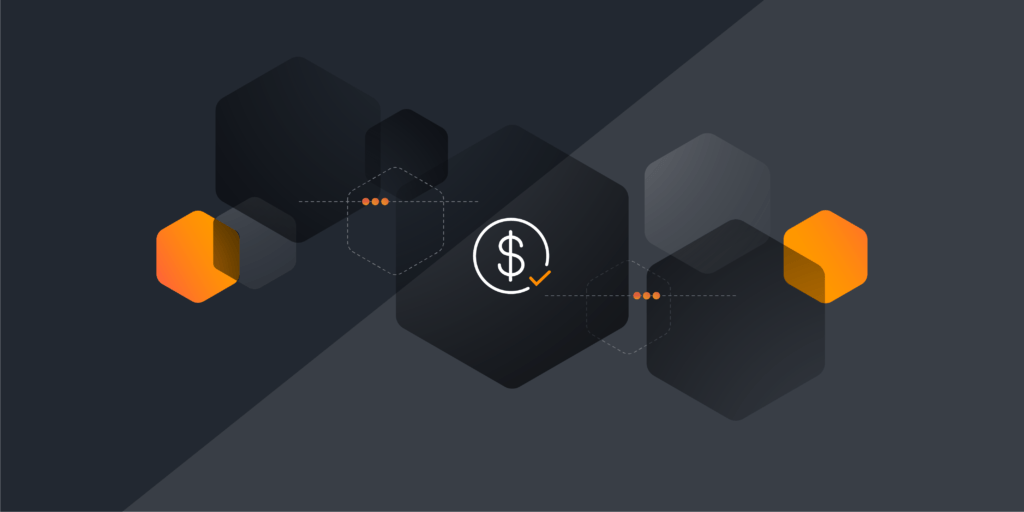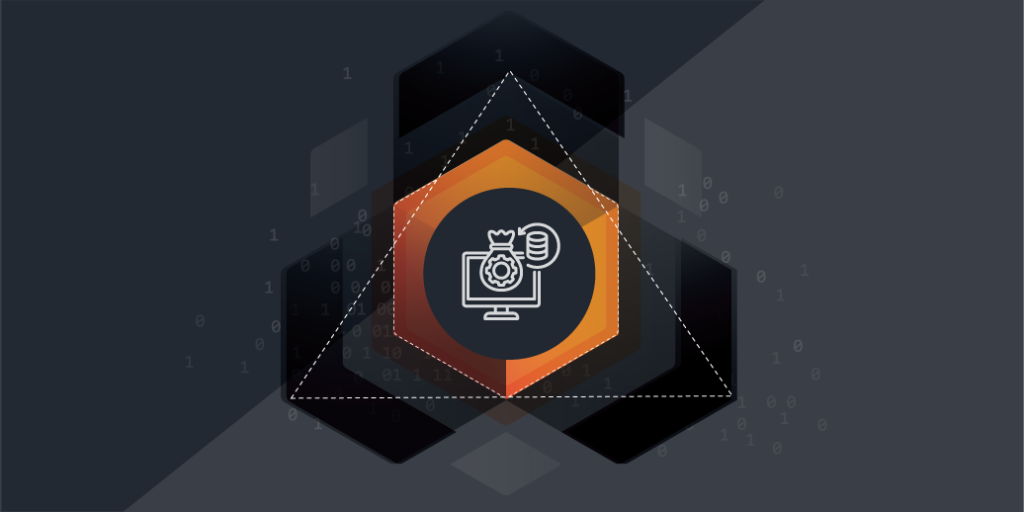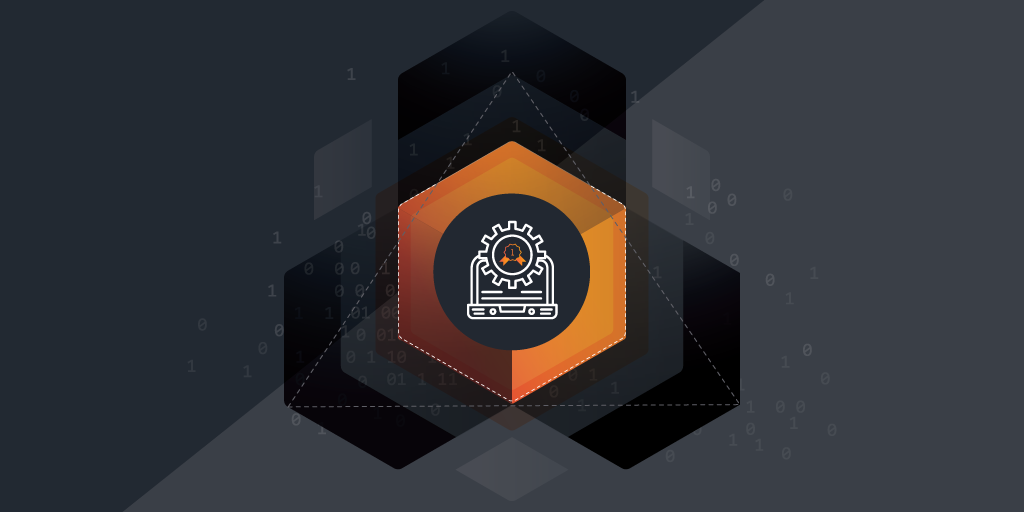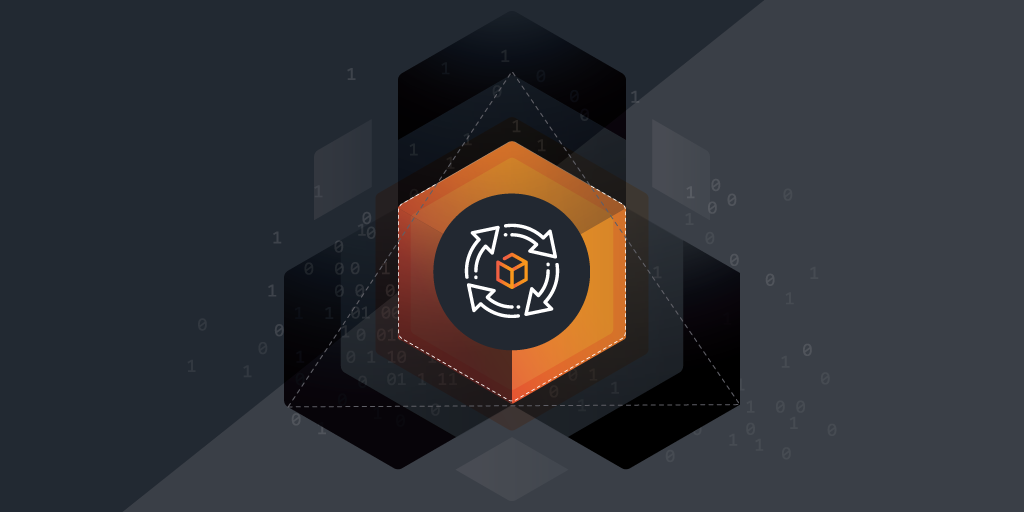
From CAASM to Risk Managament
In a recent survey, over 65% of data leaders highlighted data governance as their main focus in 2024. Why is data governance so critical? Well for one thing, it can help organizations save money. Consider these shocking statistics:
- Poor data quality can cost companies around $12.9 million annually.
- In 2023, the average global cost of a data breach reached $4.45 million.
- Organizations frequently handle subject rights requests (SRR) manually, with each request costing an average of $1,400.
Strategic asset management plays a crucial role in reducing the costs associated with IT governance by providing a structured approach to tracking, managing, and optimizing IT assets throughout their lifecycle.
By ensuring that all assets are accounted for, properly maintained, and effectively utilized, a strategic asset management plan helps reduce IT costs associated with redundant purchases, underutilized resources, and unexpected downtime, while supporting compliance with regulations and internal policies.
In this blog post, we take a look at cost-saving strategies for IT governance – the foundation of which is sound and effective asset management.
What Is IT Governance and Why Is It Important?
IT governance is a framework that ensures the effective and efficient use of IT resources to achieve an organization’s goals. It involves the policies, processes, and structures that align IT strategy with business objectives, ensuring that IT investments support and enhance overall business performance.
IT governance is critical because it helps organizations manage risks, comply with regulations, and use IT resources responsibly. By establishing clear accountability and decision-making processes, IT governance ensures that IT investments deliver value and support long-term business success.
What Are the Best Cost-Saving Strategies in IT Governance?
Smart IT governance isn’t just about keeping things running smoothly – it’s also a great way to save money and boost efficiency across your organization:
- It enhances decision-making by providing a clear framework for aligning IT investments with business goals, ensuring that IT resources are directed where they can deliver the most value.
- It reduces risks by establishing controls and procedures that minimize the likelihood of IT-related issues, such as security breaches or system failures.
- It improves cost management by optimizing the use of IT assets and resources, leading to more efficient operations and lower expenses.
Ultimately, IT governance strengthens the organization’s ability to adapt to changes in technology and business environments, supporting long-term success and resilience.
What Role Does IT Asset Management Play in Reducing Costs in It Governance?
Asset management is all about keeping track of your IT resources – everything from hardware and software to network equipment and licenses. By knowing exactly what you have, where it is, and how it’s being used, you can avoid unnecessary purchases and make sure your assets are always in tip-top shape.
When you manage your IT assets effectively, you’re less likely to waste money on duplicate purchases or maintaining outdated equipment. Asset management lets you get the most out of what you already own, ensuring that every piece of hardware or software is fully utilized before investing in new stuff. Plus, by staying on top of maintenance, you can extend the life of your assets and avoid costly emergency repairs or replacements.
Strategic asset management also helps to reduce waste and prevent duplication, while supporting compliance with internal policies and external regulations with accurate record-keeping.
Best Practices for Implementing IT Asset Management
To get the most out of your asset management strategy and ensure it drives IT governance cost savings, consider these best practices:
- Centralize Asset Tracking: Use a single, centralized system to track all your IT assets. This makes it easier to manage and monitor your resources, ensuring nothing falls through the cracks.
- Conduct Regular Audits: Schedule regular audits of your IT assets to identify underused or obsolete equipment. This helps you make informed decisions about repurposing or retiring assets, preventing unnecessary spending.
- Automate Processes: Leverage automation to streamline tasks like inventory updates, maintenance scheduling, and compliance checks. Automation reduces the risk of human error and ensures that your asset data is always current and accurate.
- Implement Lifecycle Management: Track the entire lifecycle of each asset, from acquisition to disposal. This allows you to plan for upgrades or replacements in a timely manner, avoiding unexpected costs due to sudden failures.
- Set Clear Policies: Establish clear policies for asset usage, maintenance, and disposal. This ensures consistency across the organization and helps maintain control over IT resources.
Leveraging Data-Driven Insights for Cost Reduction
Data is a key component for any cost-saving strategy in IT governance. If you do a good job of collecting and analyzing detailed IT asset data – what assets you have, their location, users, and more – you can make informed decisions that drive efficiency and cut unnecessary expenses.
Whether it’s understanding patterns in resource utilization or tracking the lifecycle of hardware and software, IT asset data provides the insights needed to optimize spending and ensure that every dollar is well spent.
How Can Effective Asset Management Help Save Costs in IT Governance?
Asset management software is a powerful tool for gathering and analyzing data about your IT environment. These platforms can automatically collect data on everything from hardware performance to software license usage, giving you a comprehensive view of your IT assets.
With this data at your fingertips, you can easily identify areas in which resources are underutilized or maintenance costs are rising. The software helps you pinpoint inefficiencies and potential savings, turning raw data into actionable insights.
The real value of data comes from its ability to reveal cost optimization opportunities that might otherwise go unnoticed. By analyzing data collected through asset management software, you can identify patterns that suggest where adjustments can be made, such as consolidating underused resources, renegotiating software licenses, or phasing out aging equipment.
These insights enable you to make targeted changes that reduce costs without sacrificing performance, ultimately helping your organization get more value from its IT investments.
Maximizing IT Investments Through Software Asset Management
Software asset management (SAM) is a critical component of cost-effective IT governance that focuses on managing and optimizing the purchase, deployment, maintenance, utilization, and disposal of software within an organization. SAM is all about ensuring that your organization is using software licenses efficiently and in compliance with vendor agreements, while also keeping costs under control.
By having a structured approach to managing software assets, organizations can avoid overspending on unnecessary licenses, mitigate the risks associated with non-compliance, and streamline their software procurement and management processes.
Implementing SAM offers significant cost-saving benefits, making it a smart investment for any organization focused on IT governance.
Collaborating With Sustainability Leads for Environmental and Cost Benefits
IT asset management and sustainability are closely linked. Managing assets effectively not only tracks equipment but also reduces waste and ensures efficient resource use. Fully utilizing hardware before buying new cuts down on unnecessary consumption and helps the environment. Responsible recycling or disposal of outdated gear further minimizes environmental impact.
Using energy grading labels for IT equipment can boost sustainability. These labels help identify energy-efficient devices, guiding smarter purchasing decisions that lower energy bills and reduce your carbon footprint. Collaborating with sustainability teams can help IT departments cut costs and reduce their environmental impact by optimizing energy use and extending the life of equipment. When IT and sustainability efforts align, you save money and protect the planet.
Making Informed Decisions With IT Cost Optimization Reports
Evaluating cost optimization reports is crucial for making informed decisions that can significantly impact your organization’s bottom line. These reports offer a clear view of where resources are being effectively utilized and where there might be waste or inefficiencies. By regularly reviewing these insights, you can ensure that your IT and operational strategies are aligned with your financial goals, helping you make smarter investments and avoid unnecessary expenses.
When diving into these reports, it’s essential to focus on key metrics such as asset utilization rates, maintenance costs, and energy consumption. These metrics provide a detailed snapshot of where your money is going and highlight areas that might benefit from further optimization. By identifying trends and anomalies, you can pinpoint specific areas where additional cost-saving measures could be implemented, leading to even greater financial efficiency across your organization.
Save Time and Money With Lansweeper
Lansweeper is an IT asset management platform that offers visibility and control over an organization’s IT infrastructure, supporting efficient management and cost savings. By automatically discovering and tracking assets, Lansweeper ensures accurate records, aiding IT governance and decision-making. It identifies underutilized assets, reduces unnecessary spending, and optimizes lifecycle management to prevent costly downtime.
With detailed reporting, Lansweeper uncovers cost-saving opportunities, helping organizations achieve a more efficient and cost-effective IT environment.
Discover how Lansweeper can streamline your IT governance and unlock significant cost savings.


